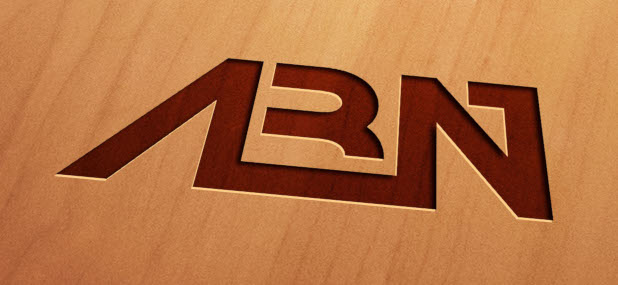A computer rack, also known as a server rack or equipment rack, is a specialized enclosure or framework designed to hold and organize various IT equipment, servers, networking devices, and other electronic components. It provides a centralized and structured environment for housing and managing these devices.
A computer rack typically consists of a metal frame with mounting slots or holes at regular intervals, called rack units (U). The most common rack unit height is 1.75 inches (44.45 mm). The equipment to be installed is placed within the rack and secured using screws or other mounting mechanisms. Racks can vary in size, with common heights being 42U or 48U, indicating the number of rack units it can accommodate vertically.
Rack mountable refers to electronic devices or equipment that are specifically designed to be mounted within a computer rack. These devices typically have standardized dimensions and mounting interfaces to fit into the rack’s slots or holes. Rack mountable devices often have a rectangular shape and front panel with screw holes or other mechanisms to align and secure them to the rack.
By using rack mountable equipment, organizations can achieve several advantages:
- Space Efficiency: Racks allow for compact and space-efficient storage of multiple devices in a vertical arrangement. This is particularly important in data centers, server rooms, and other IT environments where floor space is limited.
- Organization and Accessibility: Racks provide a structured and organized layout for equipment, making it easier to manage and maintain the devices. Cables can be neatly routed, and devices can be labeled and easily accessed for installation, maintenance, and troubleshooting.
- Cooling and Airflow: Racks often have built-in features or accessories to support proper ventilation and cooling of the mounted equipment. This helps dissipate heat generated by the devices and prevents overheating, ensuring optimal performance and reliability.
- Scalability and Flexibility: Rack mountable devices can be easily added, removed, or rearranged within the rack, allowing for scalability and adaptability as the IT infrastructure needs evolve. It simplifies the process of expanding or upgrading the equipment in the rack.
Overall, computer racks and rack mountable devices provide a standardized and efficient way to store, organize, and manage IT equipment. They contribute to space optimization, accessibility, cooling, and scalability within data centers, server rooms, and other networking environments.
